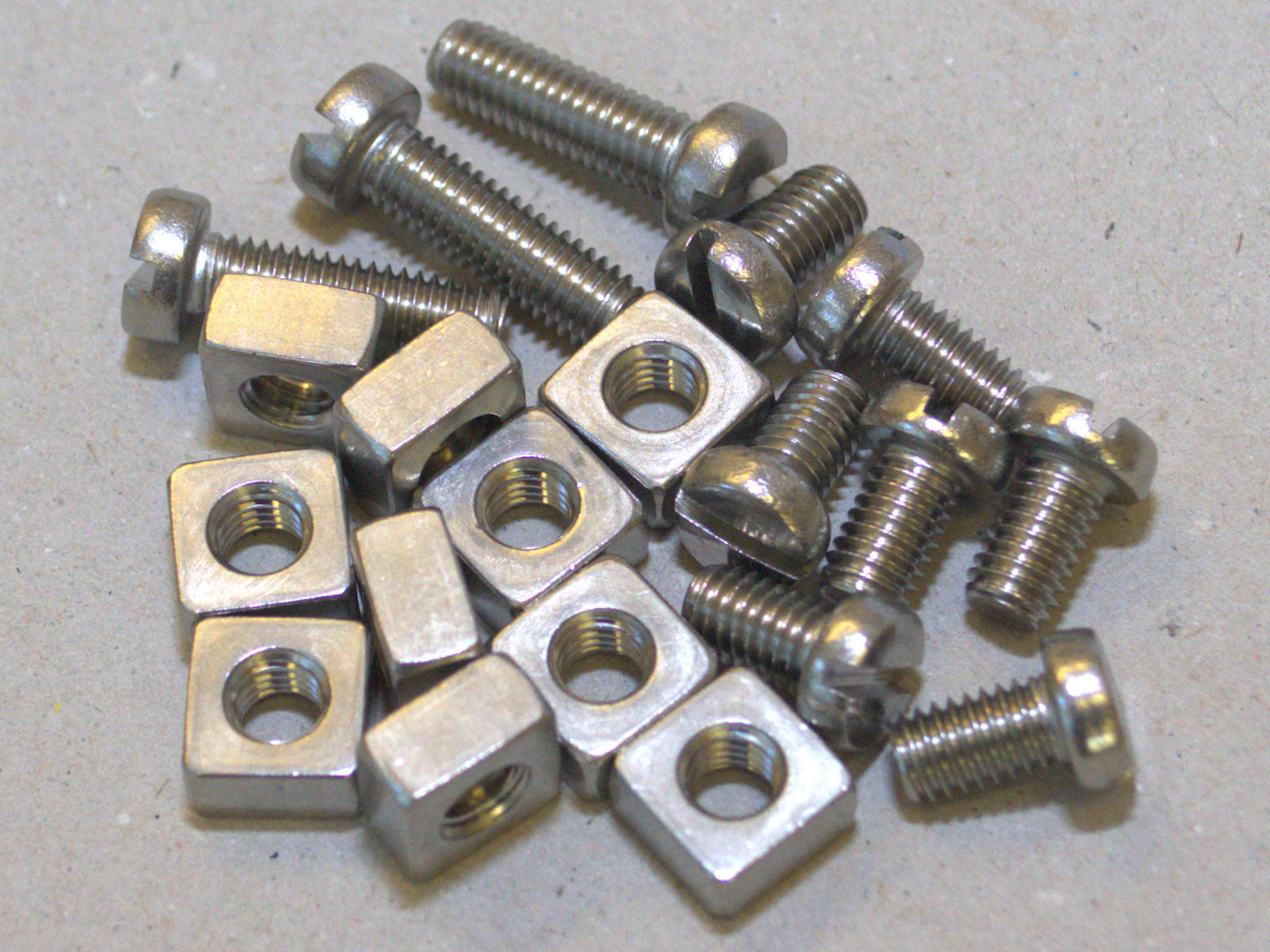Nuts and Bolts in Daily Life: More Than You Expect

When think about the components that hold our world together, nuts and bolts might not be the first things that come to thought. Still, these basic but essential components play a critical role in countless applications, from the items we sit on to the cars we drive. Grasping the variety and function of nuts and bolts can significantly enhance our ability to address DIY projects, take on home improvement tasks, or even perform routine automotive repairs.
In this comprehensive guide, we shall explore the varied types of nuts and bolts available, delving into their particular applications and benefits. If you are a experienced constructor or a interested novice, this guide aims to provide you with the knowledge you need to choose the suitable fasteners for your tasks. Let us delve into the intriguing world of these fasteners and discover how these modest components are more significant in our everyday lives than we might realize.
Understanding Nuts and Fasteners
Fasteners and nuts are crucial fasteners utilized widely in multiple contexts, ranging from common domestic jobs to manufacturing uses. A bolt is typically a elongated cylindric section of material with threads spiraling through its body, that allows it to be attached into a nut. The connector, typically having a hex shape in shape, fits onto the screwed tip of the fastener, forming a tight connection when tightened. This simple yet functional system is crucial for joining elements as a unit, providing sturdiness and robustness in a wide scope of structures and mechanisms.
Diverse types of nuts and bolts function specific roles, and understanding their specific traits can considerably improve your project outcomes. For instance, hexagonal bolts are frequently employed for ordinary construction, while carriage fasteners are suitable for securing timber to wood or metal. Lag bolts are specially made for high-stress applications, typically employed in construction or anchoring settings. By choosing the suitable type, you can improve the stability of your connections and prevent likely issues.
Additionally, the materials and coatings of fasteners and nuts are important factors to consider. Stainless steel offers high rust resistance, thereby making it suitable for outdoor environments, while brass provides effective transfer in electrical tasks. Zinc-coated and galvanized types are made to withstand rust and deterioration, lengthening the duration of the fasteners. Each option adds to the total strength and efficiency of your connections, and understanding the distinctions can assist you formulate informed decisions as you handle different jobs in your home improvement or professional tasks.
Types and Applications

When it comes to choosing fasteners for assignments, understanding the different kinds of nut fasteners and bolts and their designated uses is essential. For example, hex bolts are among the most widely used fasteners in construction, thanks to their versatility and elevated durability. They are ideal for anchoring components in high-load applications, while carriage bolts possess a circular head and are typically used in timber construction. These differences allow for tailored solutions based on the material and requirements of the job at issue.
Within automotive repairs, particular types of nut fasteners and bolts are vital for guaranteeing safety and efficacy. For example, flange nuts provide a greater bearing surface that spreads the load and reduces the risk of loosening, making them especially appropriate for vibrant environments existing in automobiles. Similarly, lock nuts are designed to halt self-loosening, contributing an extra layer of protection to critical components in the automotive industry. Grasping these variations helps mechanics select the suitable fasteners for different applications.
In the case of DIY home improvement projects, the choice between wood and metal fasteners can considerably impact the conclusion. Wood screws often demand tailored screws that suit the material's properties, while metal projects benefit from more robust bolts with greater load-bearing capacity. When organizing a project, it’s important to factor in both the surroundings and structural needs, guaranteeing that the picked nuts and bolts will work reliably over the duration. Familiarity with these categories and applications not only improves project success but also encourages a greater appreciation for these basic components in routine life.
Components and Specialized Fasteners
When choosing nuts and bolts, the materials they are made from play a key role in their efficacy and application. Steel fasteners offer robustness and durability, making them ideal for a wide variety of projects. For environments prone to rust, stainless steel fasteners present a dependable choice due to their resistance to oxidation and deterioration. Brass and titanium are also common alternatives, each bringing distinct properties such as lightweight applications and superb corrosion resistance, respectively. Comprehending visit the site helps ensure the durability of your projects.
Specialty fasteners are designed for specific applications and can make a considerable difference in performance. Security-enhancing nuts and bolts, for example, improve security by stopping unauthorized access to assemblies. Plastic lock nuts are another distinct option, providing added friction to resist loosening over time, which is especially useful in vibration-prone environments. Knowing when to utilize these specialty fasteners can assist optimize the efficiency of your construction or repair work.
Other specialized fasteners include expansion bolts and foundation bolts, both critical for securing fixtures to various substrates. Expanding bolts enlarge once inserted, providing maximum holding power, making them suitable for heavy loads. Anchor bolts play a vital role in foundation work, ensuring stability and support for structures. By choosing the appropriate specialized fastener for your needs, you can enhance the overall quality and security of your projects.
